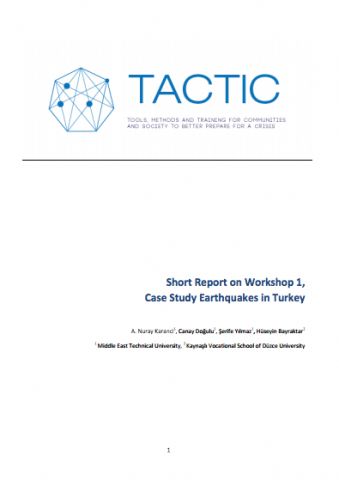NSET materials on earthquake resistant construction
A consolidation of the experiences of mason training gained in the Kathmandu Valley Earthquake Risk Management Project of the Asian Urban Disaster Mitigation Programme. Earthquake Resistant Construction of Buildings Curriculum for Mason Training, Feb 2005, Retrofitting of Commmon Frame Structural (Pillar System) Houses, What are the tricks for Constructing Earthquake-resistant Buildings http://www.nset.org.np/nset2012/images/publicationfile/20110816222208.pdf, http://www.nset.org.np/nset2012/images/publicationfile/20110816221810.pdf, http://www.nset.org.np/nset2012/images/publicationfile/20110816221951.pdf
NSET materials on earthquake resistant construction Read More »

